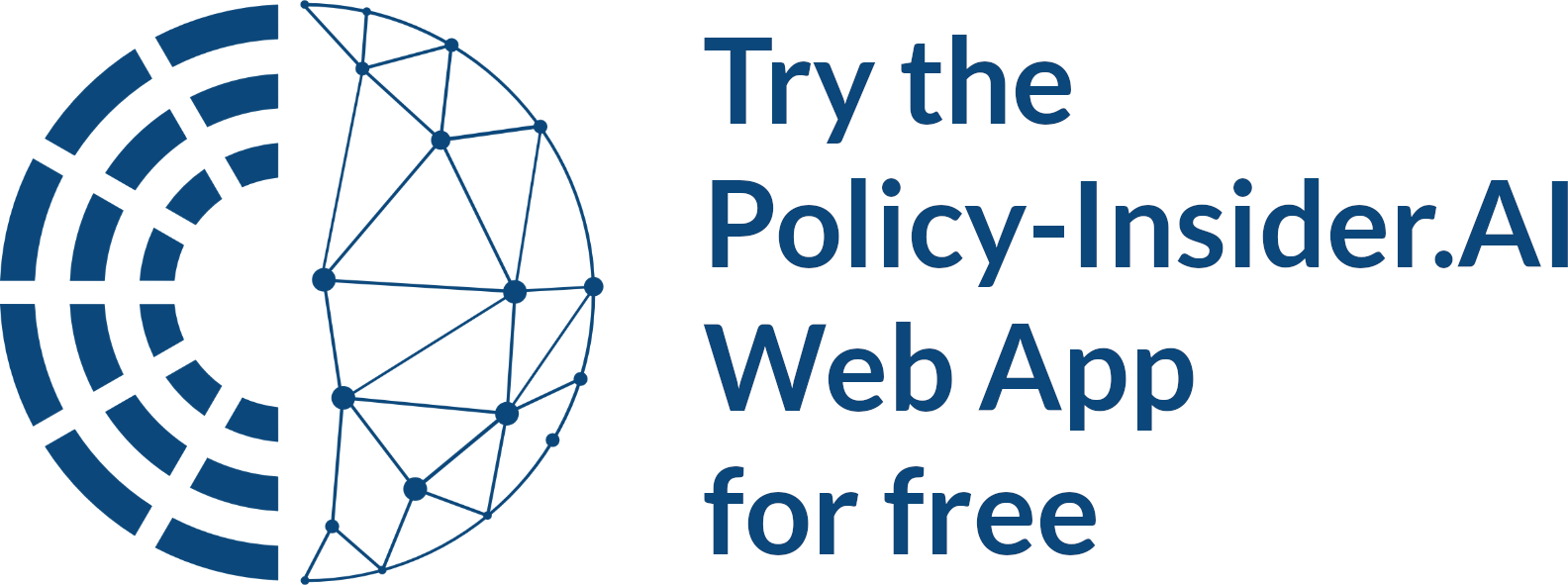It is the most common point of confusion in Brussels and beyond: what is the difference between the European Council, the Council of the European Union, and the Council of Europe?
The similar names are a notorious trap for students, journalists, and even seasoned professionals. Mistaking one for another doesn’t just look amateurish—it can mean the failure of an entire public affairs strategy. Are you trying to influence a high-level political decision, a specific legislative file, or a human rights convention?
Here is a clear, simple guide to understanding who is who, what they do, and which one you actually need to monitor.
This is the most important distinction: the Council of Europe (CoE) is NOT an institution of the European Union.
It is a completely separate international organization. To add to the confusion, it is also headquartered in Strasbourg, near the European Parliament, and even uses a similar blue flag.
- Who: It has 46 member states, including the 27 EU countries, but also others like the United Kingdom, Turkey, and Ukraine. (Russia was expelled in 2022).
- What: Its sole focus is upholding human rights, democracy, and the rule of law. Its most famous body is the European Court of Human Rights (ECtHR).
Bottom Line: If your topic is human rights or the rule of law in a wider Europe, this is your institution. For 99% of EU legislation, it is not.
This is the first of the two official EU institutions. The European Council is the EU’s top political body.
- Who: The Heads of State or Government of the 27 EU member states (i.e., Presidents, Prime Ministers, and Chancellors).
- What: It sets the EU’s overall political direction and long-term priorities. It doesn’t negotiate the details of laws. Instead, it makes the big strategic decisions, like “We will launch the European Green Deal” or “We will aim to reduce emissions by 55% by 2030.”
Bottom Line: This is the “EU’s strategic board of directors.” You monitor them to understand the long-term political roadmap and future priorities.
This is the second EU institution and the one most confused with the others. The Council of the European Union (often just called “The Council”) is the EU’s primary legislative body, representing the governments of the member states.
- Who: National Ministers from all 27 EU countries. It has no fixed members. If the topic is health, all 27 Health Ministers meet. If it’s energy, the 27 Energy Ministers meet.
- What: It negotiates and adopts EU laws, together with the European Parliament. This is where the technical, line-by-line debates on legislation happen. It also features the Rotating Presidency, where one member state chairs the meetings for six months, setting the short-term agenda.
Bottom Line: This is where the laws are made. You monitor them to track specific legislative files, understand national government positions, and follow the agenda of the rotating Presidency.
For citizens, knowing the difference is trivia. For a public affairs professional, it is fundamental to your job.
Monitoring these institutions is notoriously difficult. The European Council is often considered a “black hole” due to its high-level, closed-door nature. The Council of the EU is a moving target, with its priorities shifting every six months with the new Presidency. Their official websites are built for citizens, not for high-speed professional monitoring.
That is why Insights by Policy-Insider.AI provides expert analysis on what these institutions are doing. But when you need to track them all yourself, you need the Policy-Insider.AI Webapp.
Our app is the only tool that integrates document sources from all these key institutions—including the notoriously difficult-to-track European Council and the agendas of the Council of the EU—into one, single, searchable platform. Stop trying to piece together the puzzle.
Book a demo of the Policy-Insider.AI App today and see how professionals monitor all of Europe’s “Councils” at once.


